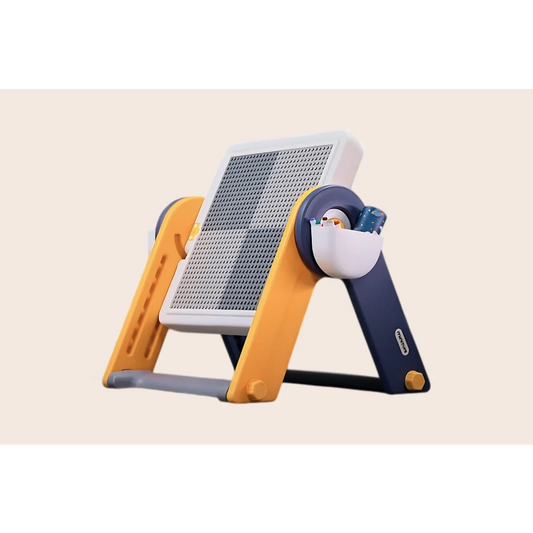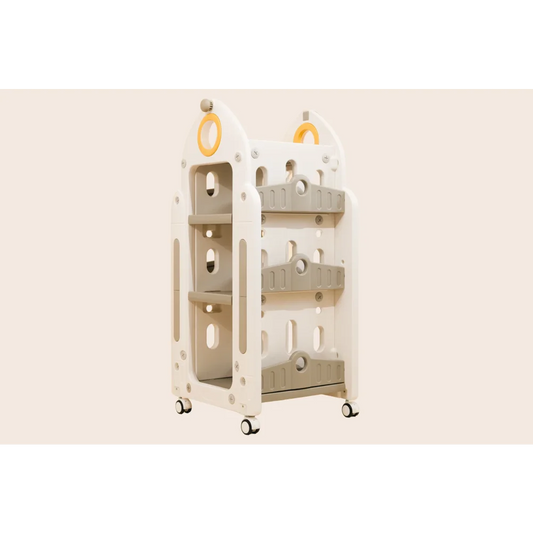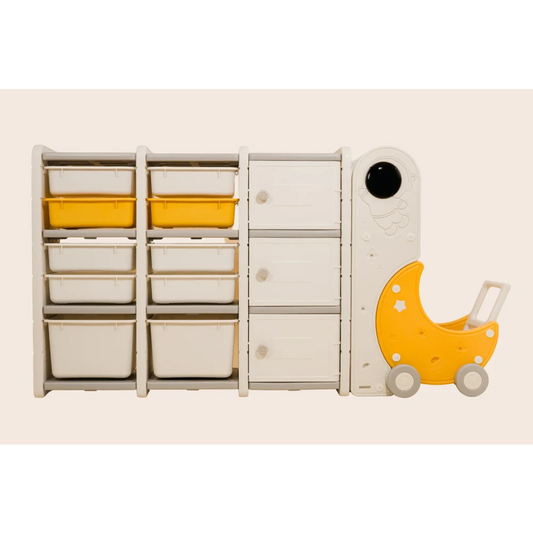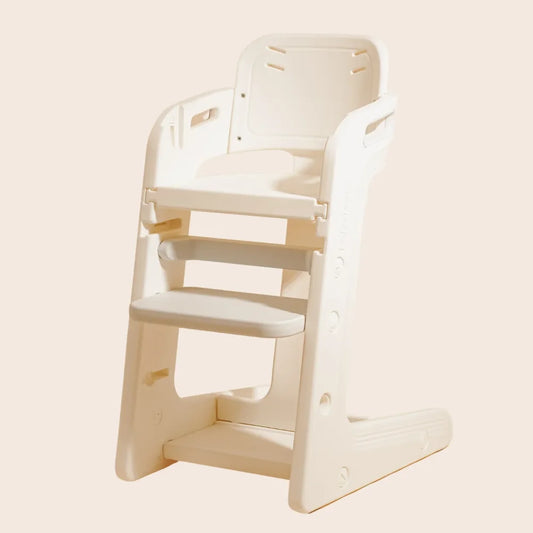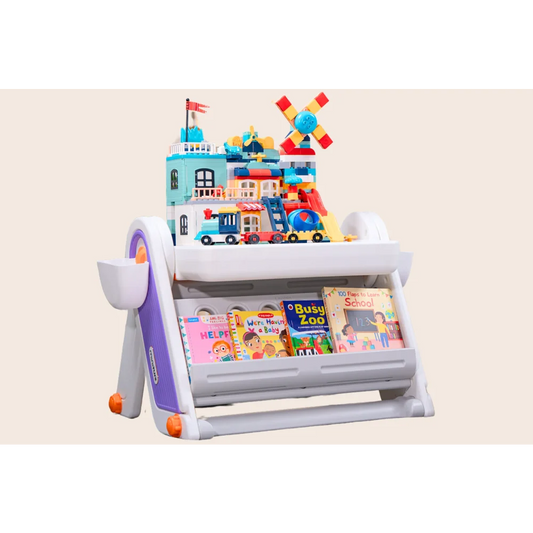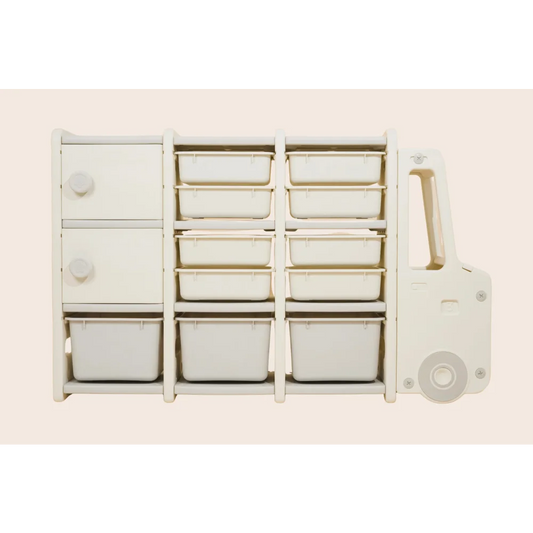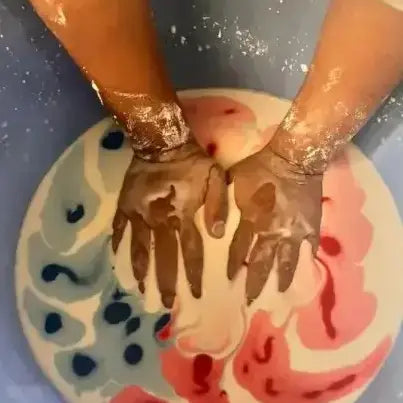

The Do’s and Don’ts of Sensory Play Every Parent Should Know
The Do’s and Don’ts of Sensory Play Every Parent Should Know
- By Sanaa Syed
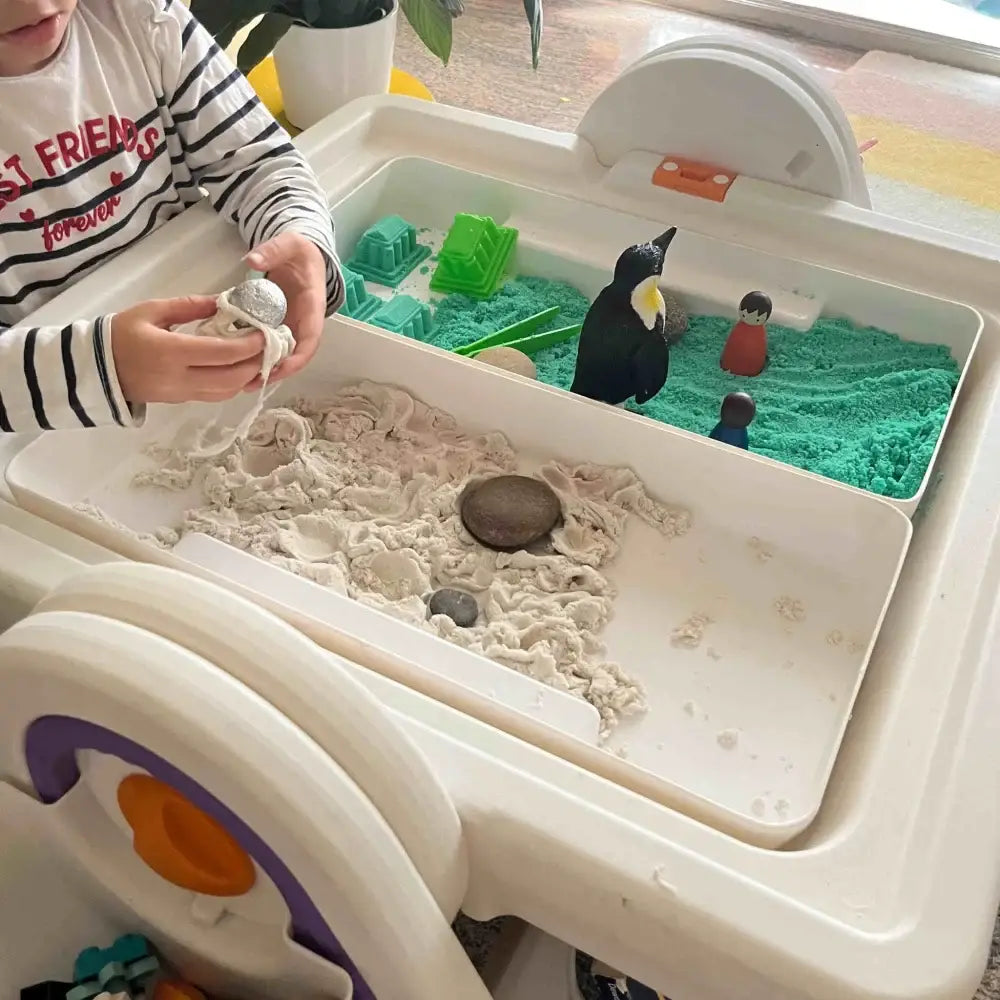
As a parent, I’ve always been fascinated by the way my little one engages with the world. Sensory play has been a game-changer in our daily routine, sparking curiosity, creativity, and endless joy. But like anything else in parenting, there are a few things to keep in mind to make the experience enjoyable and safe.
Here are some do’s I’ve learned along the way…
Do introduce sensory play early
Little hands love to explore, and the earlier we introduce sensory play, the more naturally it becomes a part of their world. Simple textures like soft fabric, water play, or even crinkly paper can captivate young minds. There’s no right or wrong age to start, just follow their cues and let them explore.
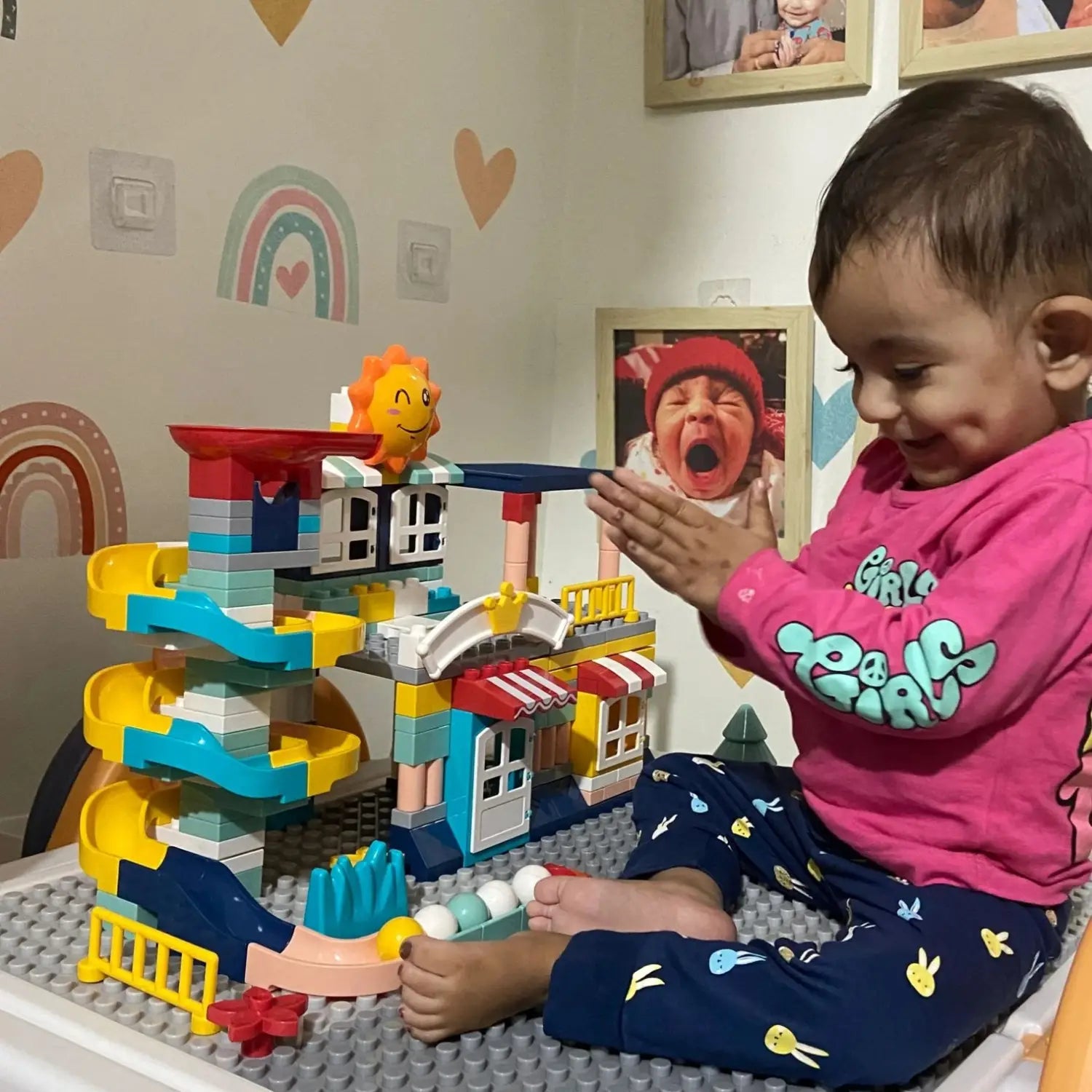
Do create a dedicated play space
A defined play area helps children feel comfortable and engaged in sensory activities. It doesn’t have to be elaborate, just a simple mat or a low table where they can pour, scoop, and touch without limits. If you’re looking for a child-friendly, functional setup, a flex desk can make all the difference, offering a perfect space for little explorers to play and learn.
Do encourage open-ended play
Sensory play is all about discovery. I’ve found that providing a mix of materials like rice, kinetic sand, and water beads keeps things exciting. Letting kids decide how they want to play fosters creativity and independent thinking. The best moments come when they surprise us with their own little experiments!

Do prioritize taste-safe play for toddlers
If your little one still explores the world with their mouth, taste-safe sensory play is a must. Homemade edible dough, cereal bins, or fruit-based play activities make it worry-free while still providing all the benefits. If you need ideas, our taste-safe sensory play blog is full of easy, safe setups for the tiniest explorers.
Now, a few things to avoid…
Don’t expect independent play right away
It’s tempting to set up a sensory bin and hope for a quiet cup of chai (tea) , but in the beginning, little ones may need some guidance. Sensory play is often more engaging when we join in, model curiosity, and encourage exploration together. With time, they do start playing more independently, it just takes a little patience.
Don’t leave young kids unsupervised with unsafe materials
Sensory play should always be safe and stress-free. Tiny hands move fast, and things can end up in mouths before we realize it. If using small items, messy materials, or anything new, staying close ensures a fun and safe experience for everyone.
Don’t stress way too much on the setup
I’ve fallen into the trap of creating picture-perfect sensory bins, only for my little one to dump everything in seconds! The magic of sensory play isn’t in how pretty it looks but in how much fun they have. A simple scoop-and-pour activity can be just as enriching as an elaborate setup.
Don’t be afraid of the mess
One of the biggest hesitations I hear from parents is, “But it gets everywhere!” And yes, sensory play can be messy, rice on the floor, water spills, or tiny hands smearing dough across the table. But here’s the thing: mess is part of the learning.
Over time, children begin to understand limits, boundaries, and cleanup. With consistent guidance, like using a tray, laying down a mat, or setting simple rules, they learn to respect their play space. Instead of avoiding the mess, we can turn it into a chance to teach responsibility, patience, and self-regulation. The chaos doesn’t last forever, but the skills they gain from it do.
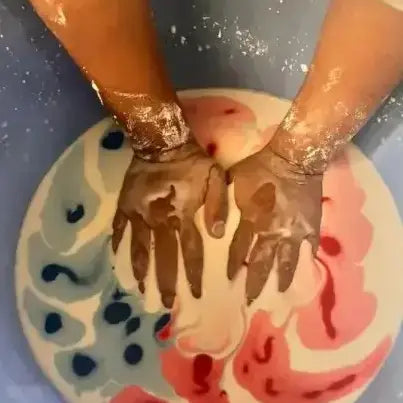
So, let’s embrace the mess, enjoy the little moments, and keep playing!
